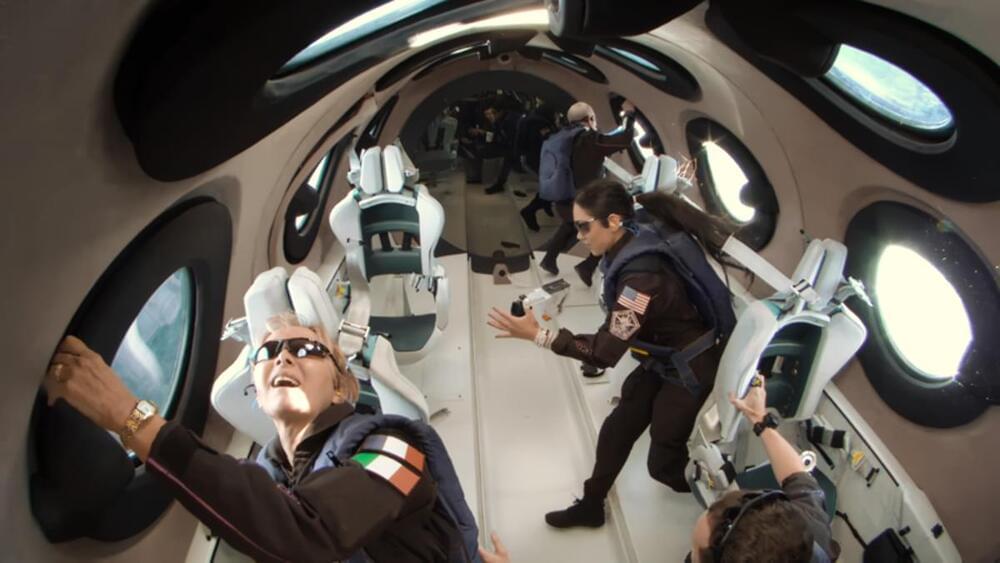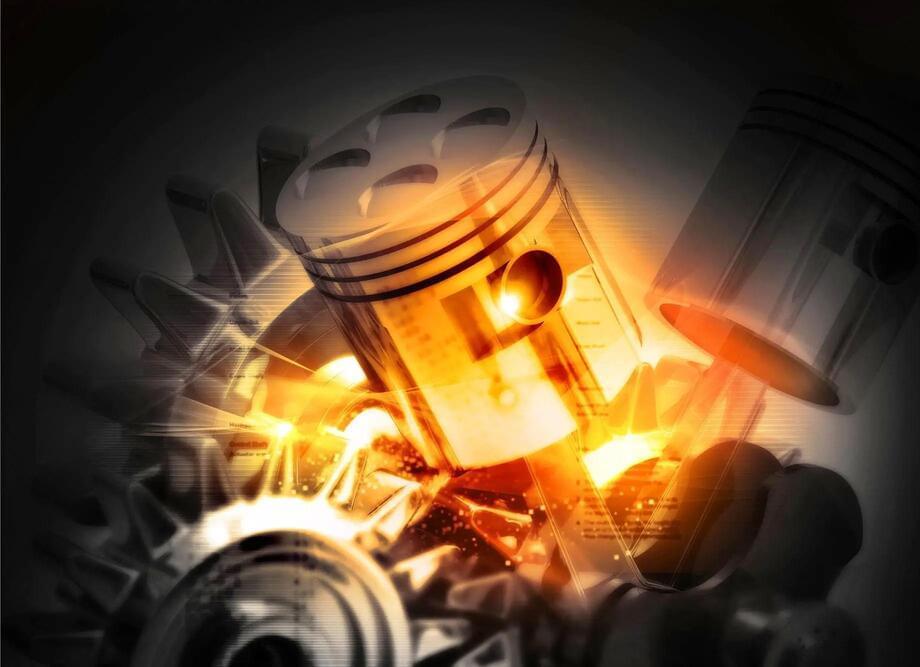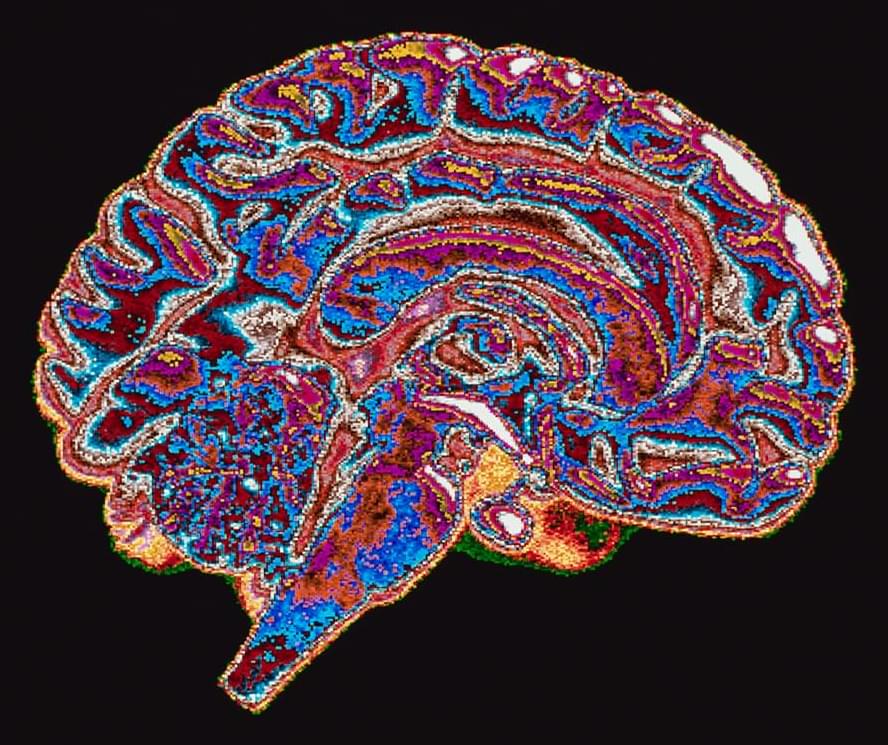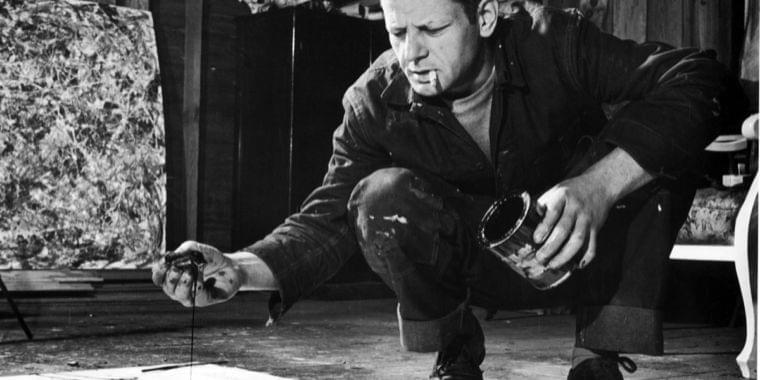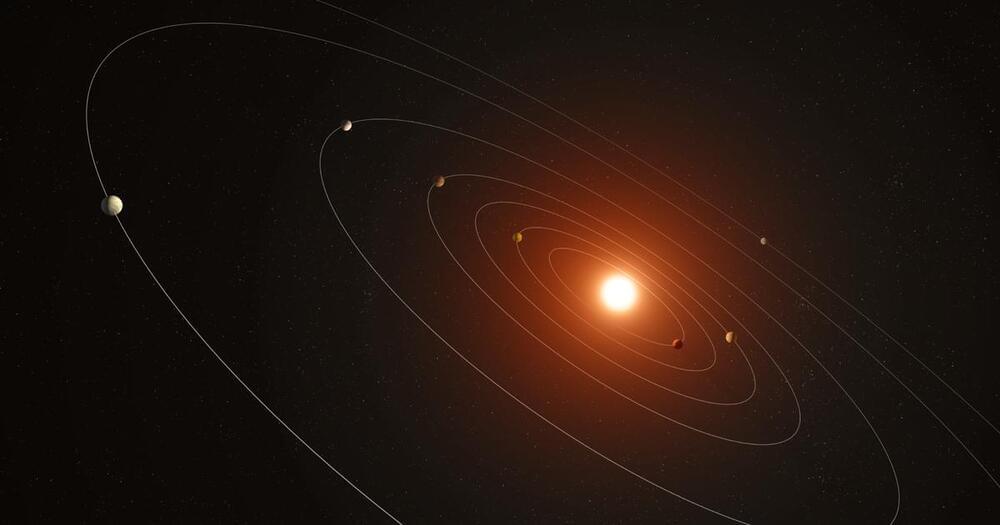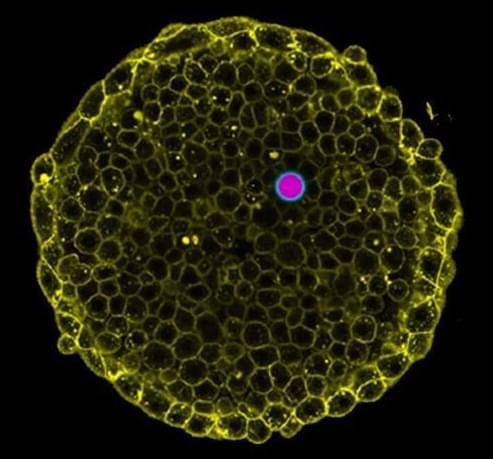SAN FRANCISCO – The Space Development Agency awarded SpaceRake, a Cambridge, Massachusetts startup, $1.8 million to develop miniature laser communications terminals.
It was the first government contract for SpaceRake, a firm founded in 2021 by Kerri Cahoy, the Massachusetts Institute of Technology Space Telecommunications, Astronomy and Radiation Laboratory director with a Ph.D. in electrical engineering, and Jeremy Wertheimer, former Google vice president engineering with a Ph.D. in artificial intelligence.
Under the two-year direct-to-Phase 2 Small Business Innovation Research award announced Nov. 1, SpaceRake will develop terminals to enable satellites as small as cubesats to transfer data through laser links with the Transport Layer, a global communications network in low Earth orbit being established by SDA, a U.S. Space Force organization.

